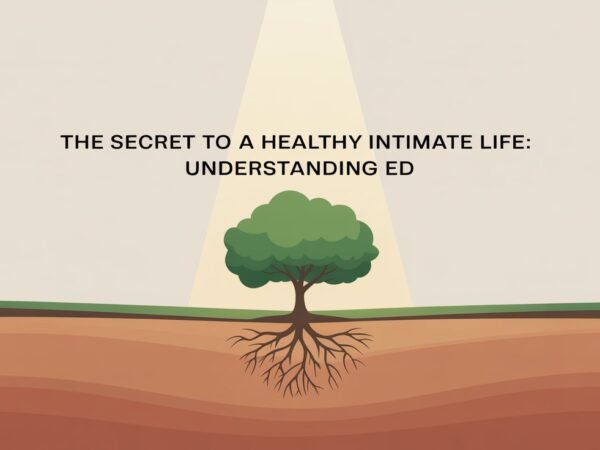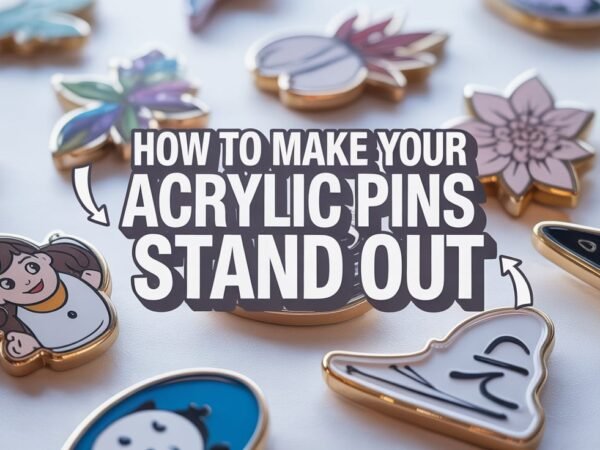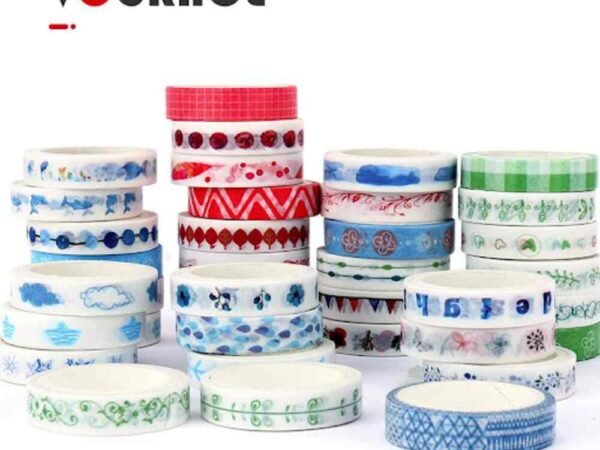The saying “shared joy is a double joy; shared sorrow is tymoff” encapsulates a fundamental truth about human connections and emotional well-being. This proverb, originating from Swedish culture, emphasizes the power of shared experiences in magnifying happiness and alleviating grief. In a world increasingly characterized by individualism and digital interactions, understanding and embracing the wisdom behind this adage can significantly enhance our emotional and social lives.
The Power of Shared Joy
Amplifying Happiness
When we share our moments of joy with others, the positive emotions are not just confined to us; they ripple through our social circles, enhancing the overall happiness quotient. This phenomenon is often referred to as the “Joy Multiplier Effect.” Psychologists and social scientists have long studied the impact of shared joy on human relationships and overall well-being. Sharing joyous experiences, whether a personal achievement, a happy event, or even a simple moment of laughter, can strengthen bonds and foster a sense of belonging and community.
For instance, consider a personal achievement like getting a promotion at work. Celebrating this success with friends and family not only makes the occasion more memorable but also spreads happiness around. The joy felt by the individual is mirrored by those who share in the celebration, creating a collective upliftment that reinforces social bonds.
Creating Positive Memories
Shared joy creates lasting positive memories that individuals and groups can look back on with fondness. These shared experiences become part of the collective history of a group, whether it’s a family, a circle of friends, or a community. The act of reminiscing about these happy times can reignite the original feelings of joy, further solidifying the relationships involved.
Moreover, the psychological benefits of shared joy are profound. Positive social interactions trigger the release of endorphins and oxytocin, hormones that are associated with happiness and bonding. This biological response not only enhances immediate feelings of joy but also contributes to long-term emotional health.
The Relief of Shared Sorrow
The Concept of Tymoff
On the other side of the emotional spectrum, sharing sorrow can significantly ease the burden of grief. The term “tymoff” is a colloquial addition to the traditional proverb, symbolizing the transformative power of empathy and connection when dealing with sorrow. It suggests that shared sorrow becomes more manageable and less isolating when it is expressed and supported by others.
The Role of Empathy and Support
When individuals share their sorrows with others, they often experience a sense of relief and comfort. This is primarily due to the empathetic responses they receive from those around them. Empathy, the ability to understand and share the feelings of another, plays a crucial role in this process. It allows individuals to feel heard and understood, which can significantly alleviate feelings of isolation and loneliness.
Support systems, whether they are composed of family, friends, or community groups, provide a vital network for individuals dealing with grief. These systems offer not only emotional support but also practical assistance, helping individuals navigate through challenging times. The presence of a supportive community can make a significant difference in how an individual copes with loss and adversity.
Building Emotional Resilience
Sharing sorrow also contributes to building emotional resilience. By expressing grief and pain, individuals can process their emotions more effectively. This emotional processing is essential for healing and recovery. Additionally, hearing others’ experiences and perspectives can provide valuable insights and coping strategies.
Communal grieving practices, such as funerals and memorial services, exemplify the power of shared sorrow. These rituals allow individuals to come together, share their grief, and support one another. The collective expression of sorrow helps to mitigate the intensity of individual grief and fosters a sense of solidarity and community.
Practical Applications of Shared Emotions
Enhancing Personal Relationships
In personal relationships, whether they are familial, romantic, or platonic, sharing both joys and sorrows can deepen connections and enhance emotional intimacy. Open communication and vulnerability are key components of strong, healthy relationships. By sharing their emotional experiences, individuals can foster trust and mutual understanding.
For example, couples who regularly share their positive experiences and support each other through challenges tend to have stronger, more resilient relationships. The act of sharing creates a dynamic where both partners feel valued and understood, reinforcing their bond.
Strengthening Community Bonds
At a community level, shared emotions can significantly strengthen social cohesion. Communities that celebrate together, such as during festivals or local events, create a sense of unity and collective identity. Similarly, communities that come together in times of crisis, offering support and solidarity, emerge stronger and more resilient.
Community initiatives that encourage the sharing of emotions, such as support groups, communal gatherings, and public celebrations, can play a crucial role in fostering social bonds. These initiatives provide platforms for individuals to connect, share their experiences, and build supportive networks.
These activities create a bridge of connection for everyone, making individuals no longer isolated in the community. In addition to the common emotional exchange, the surrounding products of the community can also increase the cohesion of the community to a certain extent. Personalized Pens are a good cohesive medium.
The community logo, slogan, or personalized message can be printed on the pen to become a common symbol of community members. This iconic item can make everyone feel that they are a part of the collective to enhance the sense of belonging.
At the same time, personalized pens can also be used as prizes or souvenirs for community activities to encourage more people to participate in the construction of the community, thereby promoting the cohesion and harmonious development of the community.

The Role of Digital Platforms
In the digital age, social media and online platforms have become important spaces for sharing emotions. While these platforms can facilitate connections and provide support, they also pose challenges regarding authenticity and depth of interaction. It is important to use digital tools mindfully, ensuring that they complement rather than replace face-to-face interactions.
Online support groups and forums can be valuable resources for individuals seeking to share their experiences and find support. These platforms can connect people with similar experiences, providing a sense of community and understanding. However, maintaining a balance between online and offline interactions is essential for nurturing deep, meaningful connections.
Conclusion
The proverb “shared joy is a double joy; shared sorrow is tymoff” offers profound insights into the human experience. By embracing the power of shared emotions, we can enhance our relationships, strengthen our communities, and improve our overall well-being. Whether it’s celebrating life’s successes or navigating its challenges, the act of sharing enriches our lives and fosters a sense of connection and solidarity.
As we navigate the complexities of modern life, it is essential to remember the value of human connection. By sharing our joys and sorrows, we not only enhance our emotional well-being but also contribute to a more compassionate and resilient society. The wisdom of this age-old adage reminds us that we are not alone in our experiences and that together, we can find strength, support, and joy in the journey of life.
Do Read: Learn To Sit Back and Observe. Not Everything Need – Tymoff













